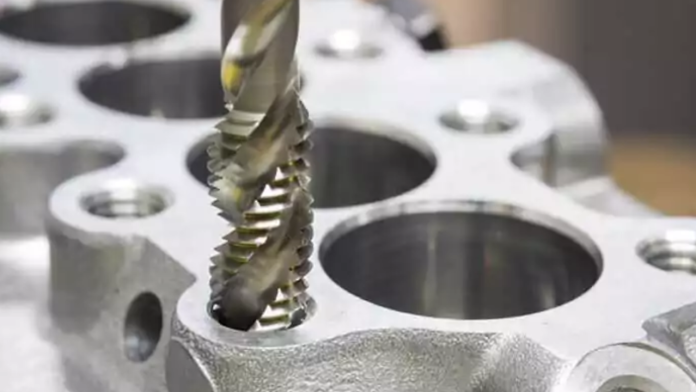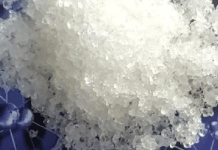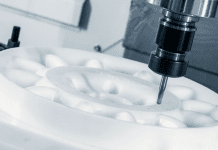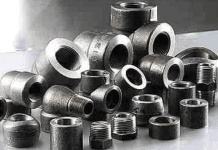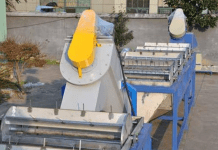Forged components made of stainless steel are essential to many different industries because of their outstanding characteristics. These components have exceptional strength, durability, and resistance to corrosion because they were forged using precise procedures. They are widely used in demanding environments and can be found in food processing, oil and gas, automotive, and aerospace applications.
Heat treatment, shaping, and heating are all part of the forging process, guaranteeing a robust end product with improved mechanical qualities. Stainless steel forged parts are vital for providing dependability and excellent performance in everything from vital aviation components to medical implants. Visit CXINFORGING for all your stainless steel forgings needs.
Components Are Forging Made of Stainless Steel
Because of its unique qualities, stainless steel is frequently used to forge components because it can be used in various ways. The following justifies the widespread use of stainless steel in forging:
Corrosion Resistance:
Stainless steel’s unmatched resistance to corrosion is one of the main reasons it is preferred for forging components. Conventional steel parts are prone to corrosion and rust, which may jeopardize structural integrity over time. On the other hand, chromium, an element found in stainless steel, creates a layer of protective oxide on the material’s surface. Because of this layer’s protective function against corrosive substances, stainless steel products are perfect for settings where exposure to chemicals, moisture, or inclement weather is a given.
High Strength and Durability:
Stainless steel is an excellent option for forging applications due to its strength and durability. Because of the inherent strength of stainless steel, the metal is shaped during the forging process through localized compressive forces, resulting in components that are more resistant to wear and deformation. This quality is crucial for sectors where construction, automotive, and aerospace components are subjected to high loading conditions and stress.
Temperature Resistance:
Throughout their service lives, forged components frequently encounter drastic temperature changes. When choosing a material for forging applications, stainless steel’s resistance to temperature changes without sacrificing its mechanical qualities is crucial. This qualifies it for use as a component in heat exchangers, industrial ovens, and other applications where high temperatures are frequently encountered.
Appeal to the Eyes:
Stainless steel is prized not only for its mechanical solid qualities but also for its beautiful appearance. Its glossy, polished surface adds to a polished look while enhancing the visual appeal of forged components. This is particularly crucial in fields like architecture, where the aesthetic value of components is equal to or greater than their functional ones.
Hygienic Properties:
Industries like food processing, pharmaceuticals, and healthcare require materials with hygienic properties. These exacting standards are met by stainless steel because of its non-porous surface and resistance to bacterial growth. Stainless steel forged components are widely used in crucial applications to ensure the integrity of the finished product and adherence to industry standards.
Ease of Fabrication:
The ductility and malleability of stainless steel facilitate the forging process. Its easy shaping and forming into complex designs doesn’t mean that its structural integrity is compromised. Manufacturers benefit significantly from this ease of fabrication because it makes it possible to produce intricate components precisely, raising manufacturing process efficiency.
Recyclability:
Because stainless steel is recyclable, it fits the growing concern for sustainability in modern manufacturing. When stainless steel-forged components reach when their useful life comes to an end, they can be recycled, which reduces their influence on the environment. And promotes a circular economy. Because of this quality, stainless steel is a responsible material choice for manufacturers who want to reduce their carbon footprint.
Long-Term Cost-Effectiveness:
Stainless steel is unquestionably more cost-effective in the long run, even though its initial cost may be higher than some alternative materials. Throughout their extended service life, stainless steel components’ durability and resistance to corrosion translate into lower maintenance and replacement costs. Because of this, it is a wise investment for sectors searching for dependable and durable solutions.
Conclusion
The distinctive qualities of stainless steel, such as its resistance to corrosion, high strength, temperature resilience, aesthetic appeal, hygienic qualities, ease of fabrication, recyclability, and long-term cost-effectiveness, account for its dominance in forging components. Stainless steel continues to lead the way in meeting industry demands for materials that balance sustainability and performance, demonstrating its adaptability and versatility in a wide range of applications.

